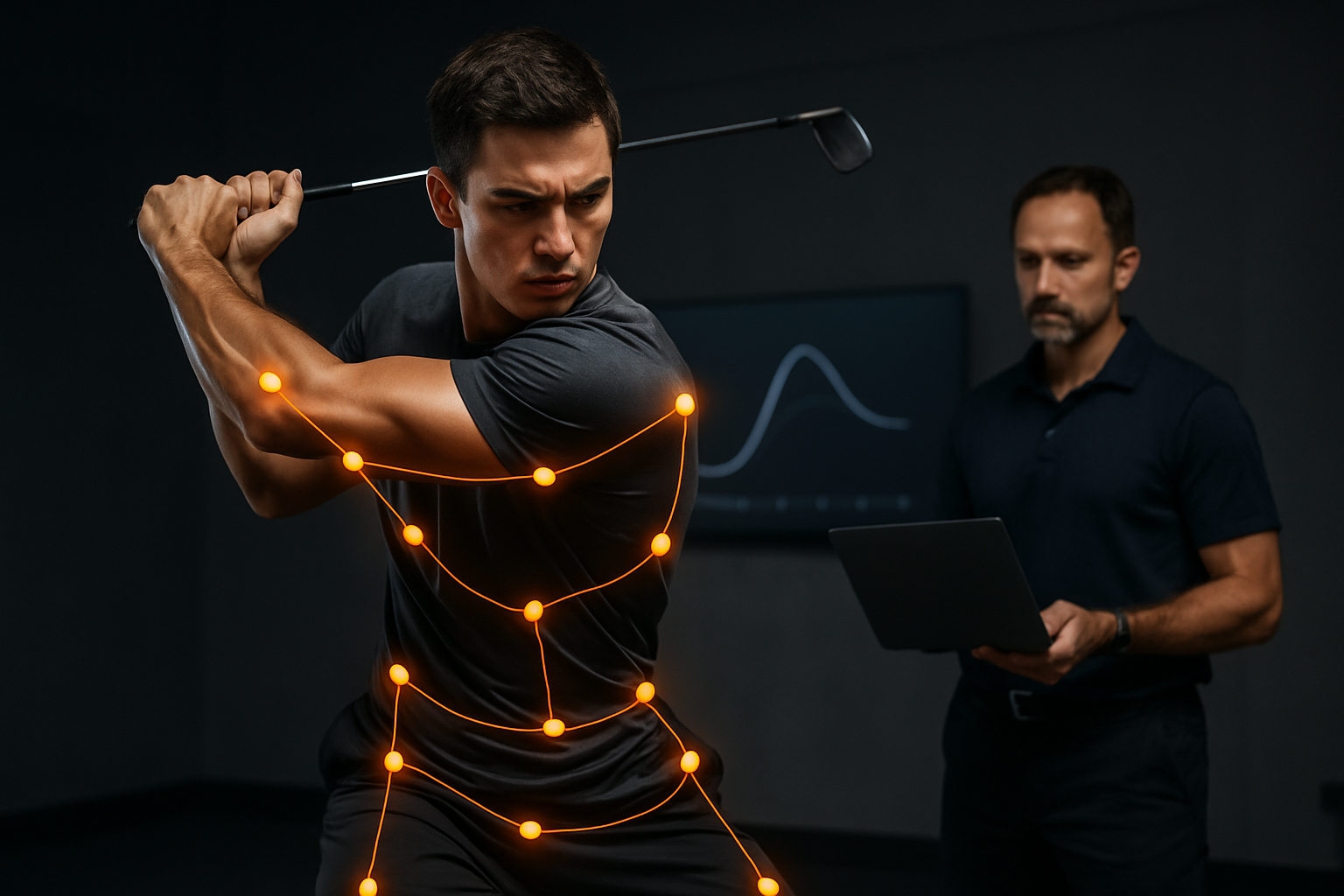Using Wearable Tech for Training and Injury Prevention
Wearable technology is increasingly integrated into athletic training environments, helping coaches and athletes track metrics that inform performance, recovery, and injury risk. This article examines practical ways wearables contribute to coaching, analytics, engagement and wellbeing, and considers implications for grassroots programs, broadcasting and partnerships.

Wearable devices—ranging from chest straps and smartwatches to textile sensors and inertial measurement units—provide continuous, objective data that can shape training plans and reduce injury risk. When integrated thoughtfully, wearables help translate on-field observations into measurable indicators of load, fatigue and movement quality. Coaches and sports science staff can combine these data with contextual information about competition schedules, athlete wellbeing, and recovery practices to design sessions that balance progressive overload with adequate rest. Adoption needs to consider data management, athlete consent and clear governance so insights are actionable rather than overwhelming.
How do wearables improve training and performance?
Wearables supply metrics such as heart rate variability, GPS distance and acceleration, power output and step-impact forces that relate to training stimulus and adaptation. Coaches can use trends in these measures to adjust intensity, volume and specificity of drills to match the athlete’s current condition. Objective tracking also supports periodization: planning hard and easy blocks, tapering before competition and monitoring responses to new training modalities. Over time, consistent data capture allows comparison of performance markers across sessions and informs evidence-based adjustments to maximize training effect while reducing unnecessary load.
How do analytics support coaching and engagement?
Analytics convert raw sensor outputs into accessible reports and visualisations for athletes and coaches. Platforms that aggregate wearables data often provide dashboards highlighting trends, outliers and correlations; these can be used in one-on-one coaching conversations to improve technique or adherence. Engagement increases when athletes see clear, relevant feedback tied to goals. Data literacy is important: coaches should prioritise a small set of validated metrics, explain their meaning, and involve athletes in interpreting results so insights translate into behaviour change rather than passive numbers review.
How can wearables aid injury prevention and recovery?
Wearables contribute to injury prevention by identifying spikes in training load, asymmetries in movement and markers of neuromuscular fatigue before symptoms appear. When combined with screening and on-site observation, device data can prompt load reductions, technical refinements or targeted recovery interventions. During rehabilitation, progress can be monitored with objective benchmarks that inform return-to-play decisions. This article is for informational purposes only and should not be considered medical advice. Please consult a qualified healthcare professional for personalized guidance and treatment.
What impact do wearables have on grassroots and wellbeing?
At the community level, lower-cost wearables and smartphone-based sensors increase access to basic performance and wellbeing monitoring. Grassroots programs can use simplified metrics to track participation, recovery and enjoyment, supporting long-term athlete development and retention. Wellbeing monitoring—sleep, stress and activity levels—can be incorporated into holistic athlete care, but programs should avoid over-monitoring and ensure data privacy. Educational initiatives that teach caregivers and athletes how to interpret basic outputs help translate technology into healthier training habits and sustained engagement.
How do wearables influence broadcasting, streaming and ticketing?
Wearable-derived metrics can enrich broadcasts and streaming by providing live performance overlays—speed, heart rate zones or workload summaries—that deepen viewer understanding without sensationalism. For event organisers, anonymised aggregate data can inform scheduling, safety planning and venue services. Integrating metrics into fan experiences must balance privacy and commercial considerations: sponsorship activations can use anonymised insights to craft narratives, but clear consent and data governance are required when linking personal performance data to public content or ticketing systems.
Who are notable wearables providers and what do they offer?
Several established companies provide wearable hardware and analytics tailored to different user groups, from elite teams to community organisations. The table below lists representative providers and their typical services and features.
| Provider Name | Services Offered | Key Features/Benefits |
|---|---|---|
| Garmin | Wearable GPS devices, watches, and basic analytics platforms | Reliable GPS tracking, activity logging, accessible consumer form factors |
| Polar | Heart rate monitors, running sensors, athlete monitoring tools | Long-standing HR expertise, heart rate variability tracking, coach dashboards |
| Whoop | Wrist-worn strain and recovery monitoring with subscription analytics | Continuous recovery and strain metrics, sleep and recovery coaching insights |
| Catapult | Athlete tracking hardware and team analytics software for performance staff | High-resolution GPS/IMU data, load monitoring, integrations for team workflows |
| Fitbit (Google) | Consumer wearables with activity and sleep tracking, ecosystem apps | Broad user base, simple wellness metrics and community features |
Provider selections above illustrate common offerings and feature sets but are not exhaustive. When evaluating providers, verify specifications, data export options and privacy policies directly with vendors.
Conclusion Wearable technology can add value across training design, injury prevention and athlete wellbeing when integrated into a clear monitoring strategy with informed coaching interpretation. Success depends on selecting appropriate devices, focusing on a small set of validated metrics, and maintaining transparent data governance so athletes and staff can use insights to support sustainable performance and participation.





